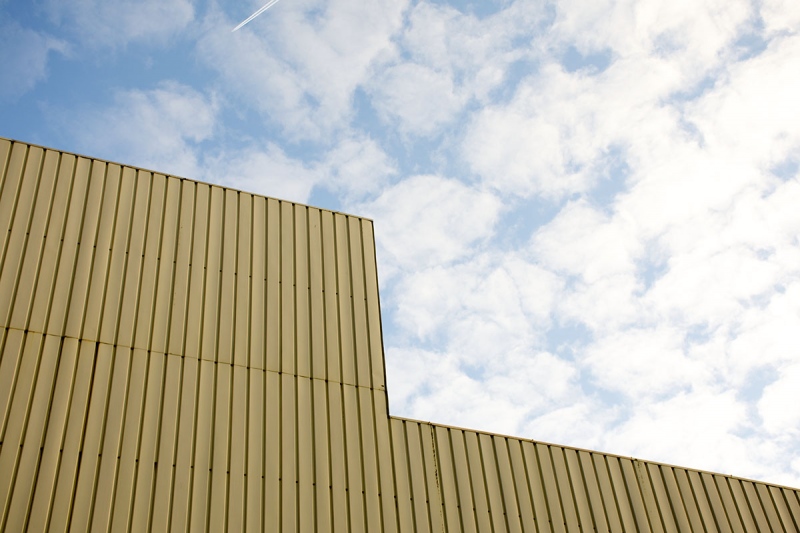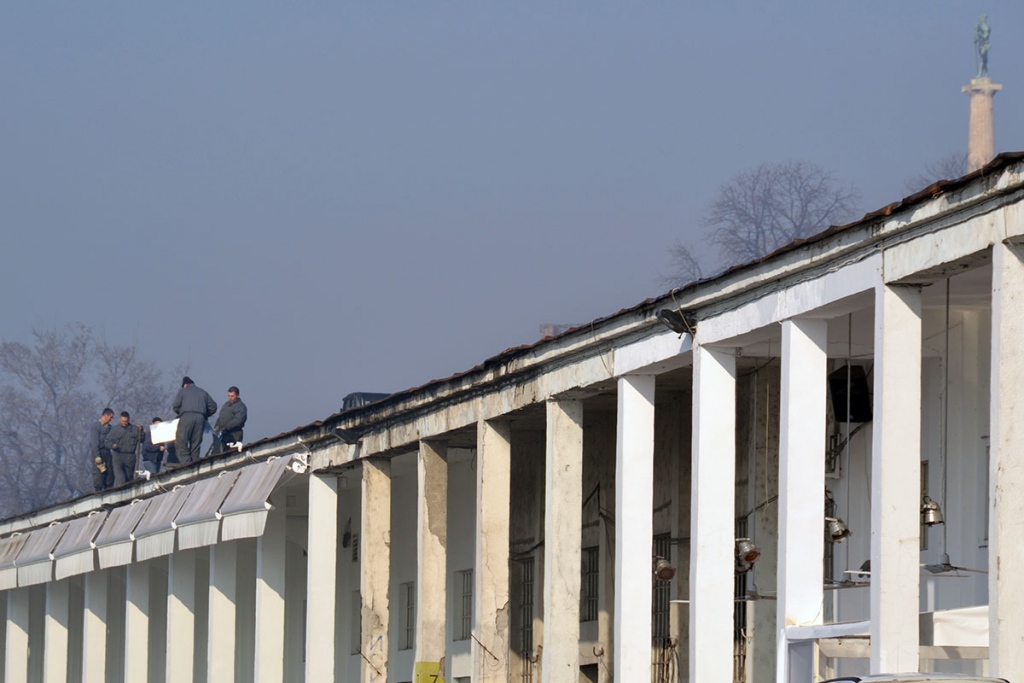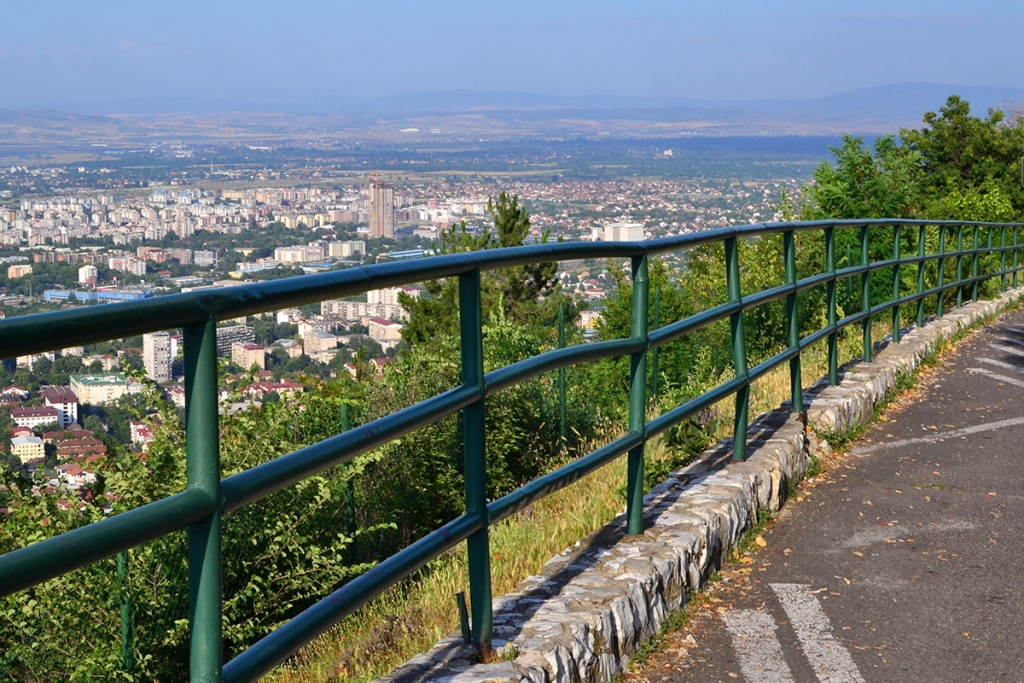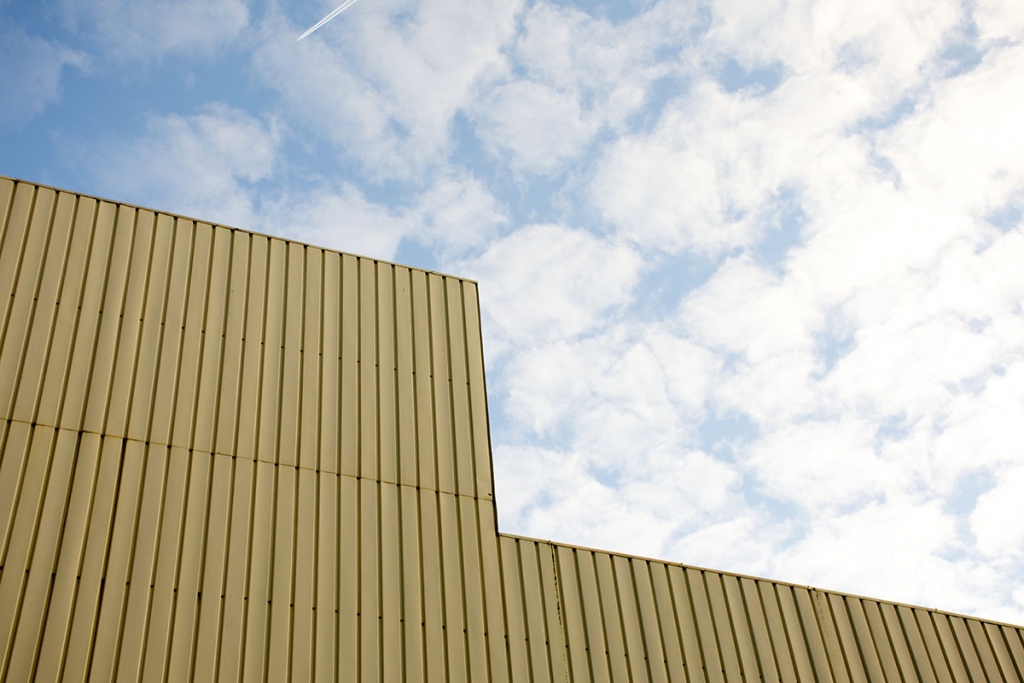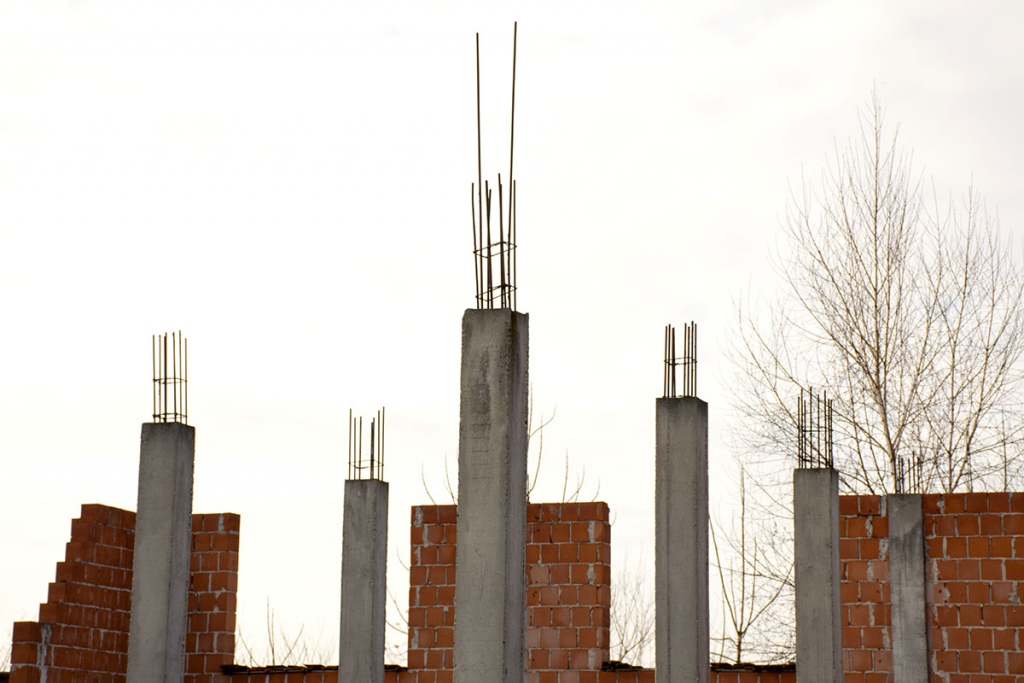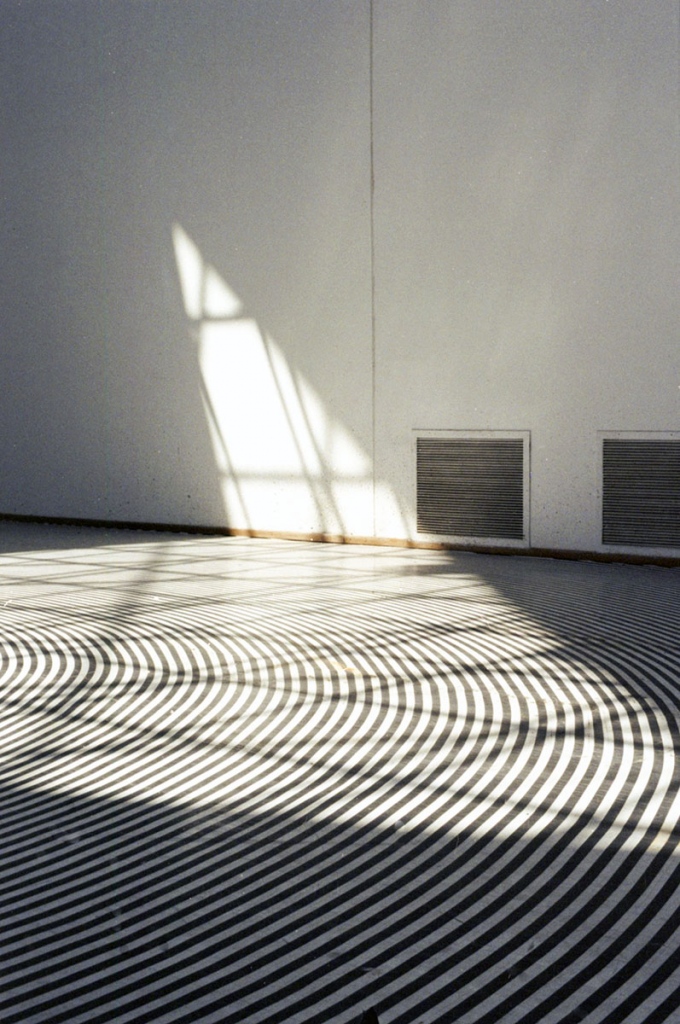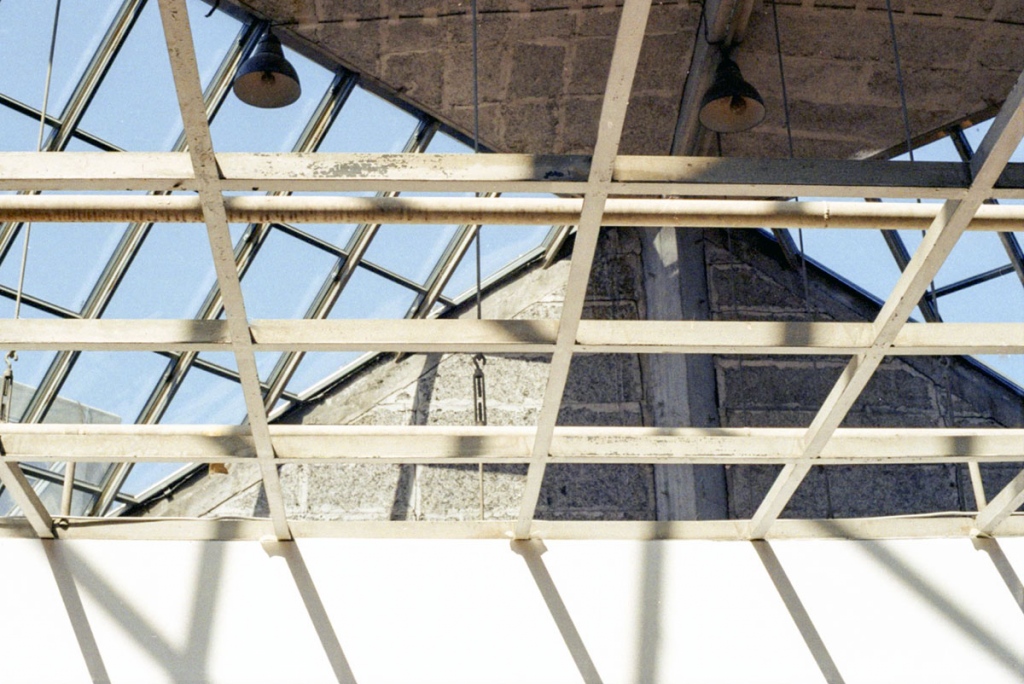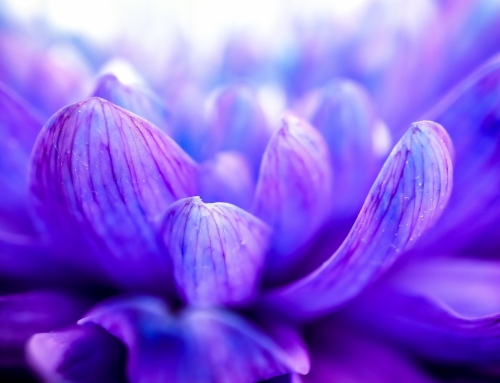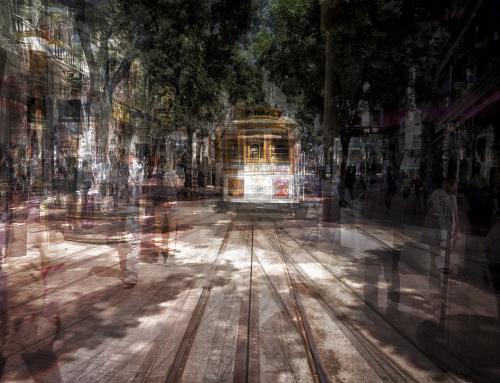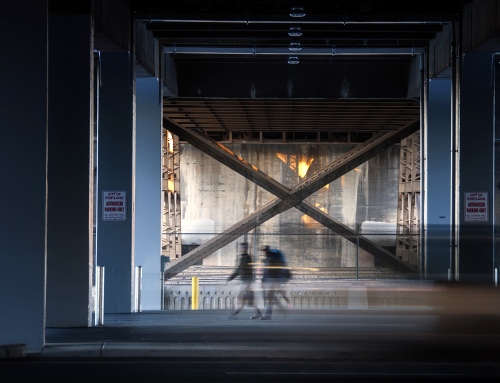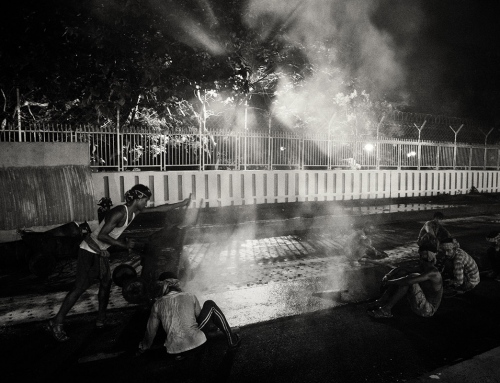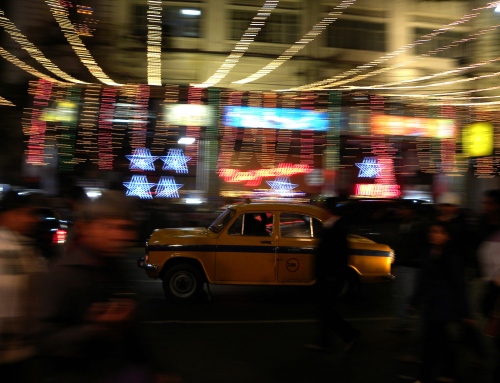Rhythm is a part of life. Our heart beats in a rhythm, we breathe in a rhythm, sleep; wake up, night follows day, the seasons change. Rhythm is present in different types of art forms: music, dance, poetry, theatre, film. And photography is no exception.
In visual arts, rhythm is a motion of elements that repeat themselves; or interchange, or build up. These elements can be in different relationships between each other, they can be the all same, similar or completely diverse. Rhythm is bound by space, i.e. the surface of the photo. It expresses itself in the composition by straight or curved lines and their directional course; in repetition or enhancements of colors, light, shade, bodies and spaces. The differences in the movement of the elements give the visual structure a certain visual appeal.
In painting, rhythm is present in the composition of figures, characters, light and color. In sculpture it occurs by repetition and escalation of positive and negative volumes, changes of course and size. In architecture, rhythm is expressed by repeating and enhancing of architectural elements: columns, windows and spaces. So rhythm in the arts is present in many different forms. A simple rhythm is more clear and direct, while a complex rhythm consists of more elements, which is why it is more visually comprehensive. A simple rhythm occurs when the same elements are precisely repeated. That kind of rhythm has the characteristics of a beat, similar to what music sounds like.
Intervals are visible and tangible parts, which are defined by distinctive characteristics of visual elements. In visual arts, intervals determine the distance and difference between volumes, lines, paths, lights and colors. In nature and in art, there are three basic types of relationships: the relationship between the same units, similar units and contrasting units.
Simple repetition of forms is something you can find in everyday life. Wherever you live, may it be in the city or in the countryside, patterns and repeating objects should not be that difficult to recognize if you only pay attention.
While a simple rhythm may be easy to find, it can also become boring quite quickly. Simple repetitions are often peaceful to look at, but introducing an element that breaks up that rhythm gives more dynamic to the photo and draws more attention to different parts of the image.
Because photography is essentially a two-dimensional representation of a three-dimensional space, using repetitive elements in a surface causes the occurrence or patterns. Repetition can be as simple or as complex as you’d like. When the elements of repetition are the same, the flow of the rhythm will correspond by remaining calm and steady. Introducing alternate elements will break up the flow, giving it a more dynamic structure.
Rhythm can actually be found in any composition to some degree. It does not have to be literally translated into patterns for it to keep the viewers attention. Most of the time, intentionally breaking the rhythm will give you an advantage as a photographer; because it will be clear you put time and thought into composing your image.
Becoming a great photographer means having knowledge about all the rules, but is also means you shouldn’t become a slave to them. By practicing and training your eye, soon you will find anything and everything can be translated into some kind of a rhythm. Ultimately it is your choices that make the image work or not.
